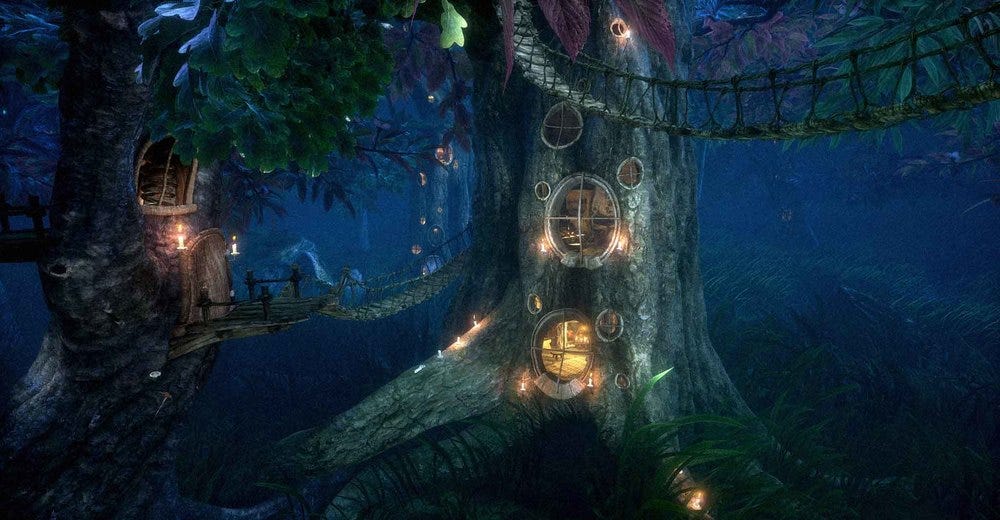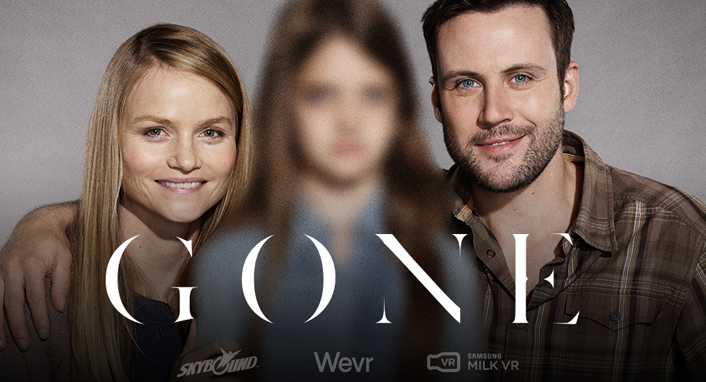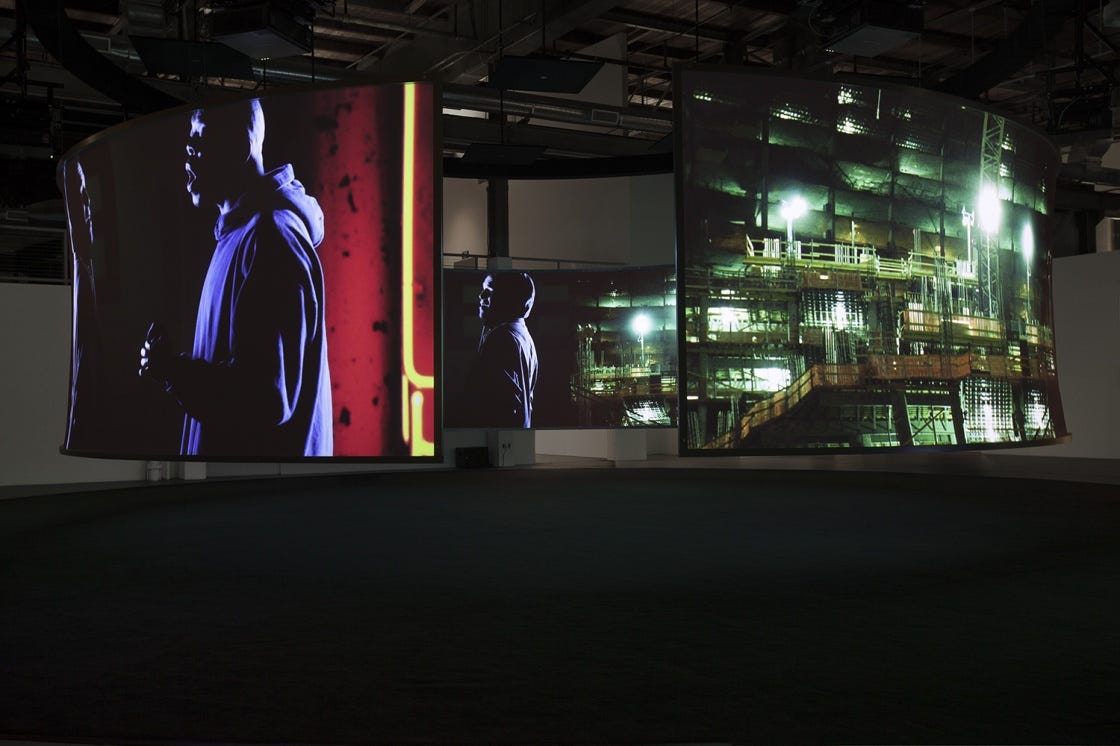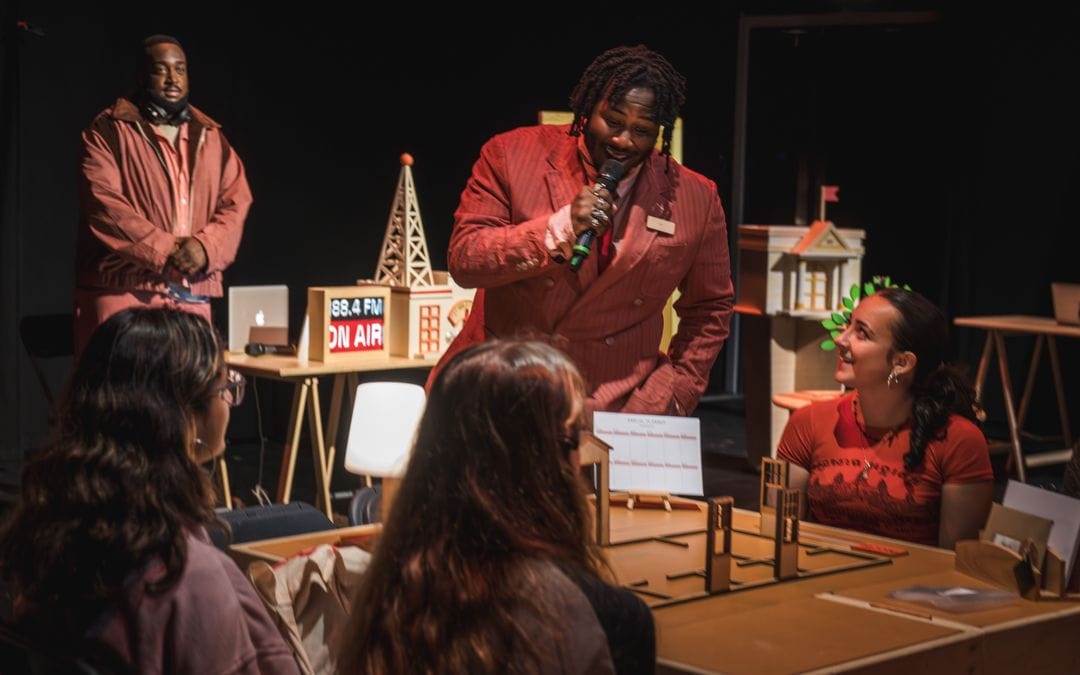
Call this the one that got away.
A few weeks back the PR team for Wevr, a virtual reality studio out in Venice I’ve been tracking for a few years now, reached out to see if I was doing any end of the year VR stories for my day job. Things have changed in the past few months, so the short answer was “no,” but the long answer is that I see VR as being part of the immersive spectrum. If they were willing I wanted to do something with them for No Proscenium.
To my shock and delight they said yes.
So last week I had this really great interview with Anthony Batt, co-founder and Executive Vice President of Wevr. Batt has been involved with new media ventures for over a decade now, having been one of the founders of Buzznet/BUZZmedia (now SPIN media). At Wevr he’s continuing the pioneering work, and the company works with some of the most innovative artists out there. From filmmakers like Jon Favreau (Iron Man, Jungle Book) and Janicza Bravo (Atlanta) to musicians like Reggie Watts and Run The Jewels. Wevr produces work on both the live action and computer generated side of the VR spectrum and we talked about the company’s overall approach to immersive.
Naturally, my damn computer ate it.
When you’re a broadcaster you know that every so often your luck is going to turn sour. If you’re generally lucky these moments comes years and years apart. I’ve been generally lucky, but when it goes bad it goes bad. Which means we lost our first real podcast foray into VR.
What we’re left with instead are my recollections of what it was we talked about. A pale substitute, for sure, but there’s a good reason for those of us in the live-performance immersive community to know about Batt and Wevr.
First on that list is Gone, a series for VR that Wevr worked on with Skybound. If the name Skybound is familiar that’s either because you’re a fan of The Walking Dead or you keep close tabs on what is going on with LA’s Delusion. The later is being shaped up into another VR production by Skybound.

Gone, which was released back in 2015, tells the story of a family whose child goes missing. Arraigned as a series, the tale used a gentle form of interaction based on gaze to shape the audience’s experience of the story. If a user caught the right moment in the 360 video, their attention could trigger a different narrative thread. These trigger points let the story unfold along lines that were not strictly linear.
Get Noah J Nelson’s stories in your inbox
Join Medium for free to get updates from this writer.
SubscribeSubscribe
The form as described by Batt reminded me most of the kind of story-flow we find in Punchdrunk’s Sleep No More, a piece which he hasn’t seen. At this point he’s familiar with the sandbox form that Punchdrunk’s work takes, and is pleased to know that there’s similarity in the forms that are being developed in isolation of each other.
This struck me as a valuable insight.
If there are some fundamental techniques in the immersive toolbox — our own pens and brushes, if you will — then we should be seeing them emerge through entirely separate generative processes.
The past few years of Batt and Wevr’s work has been a series of separate generative processes which have drawn in creators from the entertainment industry with an experimental bent. Wevr itself has evolved, Pokemon-like, every year. The studio embraces the top half of VR marketplace with a focus on experiences for the Oculus Rift, HTC Vive, and Gear VR platforms. On the downside this means that there’s no iOS app or Android app where the merely curious can get a taste for the work. Diving into Wevr’s work is for those who have committed to getting their VR on.
The upside of this is that the work Wevr has produced doesn’t have to hold back in order to meet the pedestrian technical specs of a basic mobile app. Staying in the top end of the market has almost certainly helped attract names like Favreau’s to the company. The blockbuster director has worked with them on an animated experience — Gnomes & Goblins — that lives in the gap between film and games.
For immersonauts like ourselves this is a fantastically exciting development. As NoPro readers know “immersive” exists in the liminal spaces between art forms. Artists and audience alike play in the space where the work and the viewer intersect. Until such point that the lines blur completely. Not everyone, however, gets that right from jump. The fact that the virtual reality market is being built on the back of the video game market hasn’t always made this exploration easy.
As Batt explained, a major distributor of Wevr’s work has been Valve’s Steam platform. Steam, for those non-gamers in the audience, is the absolute preeminent computer gaming platform. Its most active users are the very definition of “hardcore gamer,” and as such don’t have much patience for work that takes up community mindshare that are not games.
Creating a space where VR projects can connect with an audience that is excited about experimental work is one of Wevr’s current goals. That’s where TRANSPORT, the distribution platform that Wevr has been building comes in. Now Wevr isn’t the only company spinning up a VR content distribution platform, but their batting average on working with top entertainment talent is pretty damn good. Those relationships are going to be key in making any platform stand out over the long run.
Deep down whats even more encouraging is the spirit of experimentation that seems to drive Batt and the company. Batt himself has been an advisor to the film crowdfunding site Seed & Spark, which has emerged in recent years as a forceful advocate for independent filmmakers, with an inclusive vision for the future of film. Wevr and Seed & Spark collaborated on a piece called The Visitor, which was featured at Slamdance this past year. It is clear from the work that Batt and Wevr are interested in pushing the boundaries of what immersive is in VR from just about every angle.

There’s a sense of curiosity animating the work that radiates from Batt even over a video conference connection. Our conversation — lost to time, thanks to a treacherous piece of software which will go nameless — ranged from blocking techniques for immersive film and theatre to Doug Aitken’s Electric Earth exposition at LA’s MOCA Geffen. The later of which we both agreed would be a kick ass virtual reality experience.
While immersive matures as a medium, the studios and artists that are hard at work now in both the virtual and live performance sides of the craft are going to define the horizon of possibilities. We’re lucky in the immersive community in Los Angeles to have Wevr conducting a broad spectrum of experiments out of their Venice offices. They’ve become a vital part of the VR magic in LA, one which helps makes the region the cradle of our new medium.




















Discussion